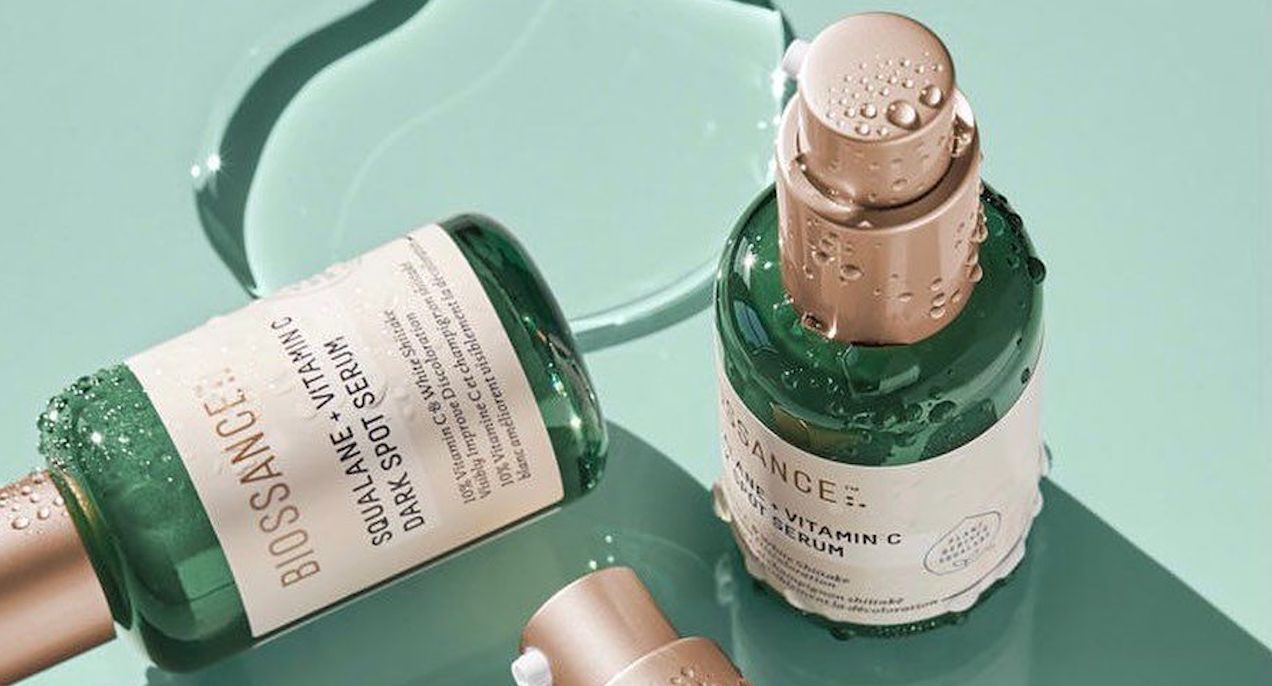How Gen Zers are confronting feminine health and sexual wellness – Glossy
Sexual wellness and feminine health have become dominating topics within the broader beauty and wellness industries, but Gen Z’s response to these products and its marketing is still undetermined.
According to Pew Research Center, there are approximately 67 million Gen Zers in the U.S., of which 35% are older than 18. As this group of consumers enters puberty and menstruation, and eventually experiences sexual activity, they engage with these products with a wildly different set of views and values compared to their millennial counterparts.
Rebecca Alvarez Story, founder of Bloomi, a sexual and intimate care online retailer, said she noticed that while Gen Zers are not a big customer group for her business, they make up a significant chunk of readers of the site’s blog. Gen Zers make up about 8% of Bloomi’s customer base and typically purchase menstrual products like period underwear and yoni eggs. Meanwhile, Gen Zers make up more than 25% of the blog’s readership, and that readership is 73% female and 27% male. The most popular stories read relate to menstrual cycles and more fringe sexual topics like anal sex. Bloomi’s monthly virtual workshops that began in April have seen an equal number of millennials and Gen Zers attend, she said.
“What we understand based on what we’re seeing is that 18- to 24-year-olds are coming into their sexual selves,” she said. “They have a desire [to read] foundational information, like safe sex practices, but then with that curiosity comes also desire to engage with more outlier topics that millennials [don’t read],” she said. She explained that millennial women typically have to unlearn many sexual stigmas or behaviors in Bloomi virtual workshops, while Gen Zers are coming into their sexuality more confidently.
When it comes to merchandising, Gen Zers are also critical of euphemistic terms such as “feminine wash,” as they prefer something more open about what a product is. Therefore Bloomi has a category called “moisturize vulva skin,” even though brands like Lady Suite and Healthy Hoohoo within that category still rely on phrases like “intimate cleanser” or “feminine wash.”
Product descriptions are just one example of how Gen Zers are approaching feminine health and sexual wellness. Gen Z has proven to be more progressive on the topic of gender identity, compared to millennials, too. They’re also having less sex. According to the annual Youth Risk Behavior Surveillance System from the Center for Disease Control, only 40% of students were having sex in 2017, a decline from 48% in 2007. The Atlantic, in a 2018 story, spotlighted that young people were retreating from intimacy in favor of having sex only as they got older or by participating in sexual activity through masturbation. Given this trend, the consumer are on a trajectory that sexual wellness and feminine care markets might not be prepared to handle given these radical shifts in not only sexual expression and identity but also in participation. Marketing narratives can adapt quickly, but whether consumers will desire the products for sale is another question.
In April, Vagisil soft-launched a sub-brand for teen girls called OMV before expanding the brand nationwide in July through retailers like Walmart. The brand offers an intimate wash, wipes and anti-itch serum for the bikini line. According to Keech Combe Shetty, Vagisil CEO, Vagisil and OMV conducted consumer research throughout 2019 with 2,500 girls and mothers to understand what teen girls wanted from personal care products. She said they wanted to feel “confident and secure around their period,” as well as “fresh and clean,” for example. Combe Shetty said that outreach to Gen Z and their parents (who ultimately have the purchasing power) is through linear television ads on channels like ABC, CBS and Bravo, citing placement on shows that mothers and teens watch. OMV is also working with influencers like mother-and-daughter duo Kendal and Evie Rich on Instagram (who together have 115,000 followers), and plans to launch a TikTok account at an undetermined time.
Dr. Lauren Streicher, a clinical professor and doctor of obstetrics and gynecology at the Feinberg School of Medicine at Northwestern University, said such products are not only medically unnecessary but also “offensive on every level” because they suggest that a woman needs perfume in the genital area to cover up her scent. She added that the pH balance of the vagina is critically important to health and that any odor stems from the vagina itself, meaning that the pH balance washes used for the vulva have no impact on vaginal health or scent.
“If you had bad breath, you could wash your face all day long, and it’s not going to change your bad breath; it’s the same thing with the vulva and vagina,” she said. “It is sending an inappropriate message to these very vulnerable women who are already feeling insecure about their changing bodies.”
When asked about the criticisms of products like Vagisil and OMV, Combe Shetty responded by pointing out that many women can find it hard to remember how difficult entering puberty is and that girls’ confidence levels can decline significantly during this time. This line of thinking underscores a chicken-or-egg problem with products and a person’s entrance into these types of consumer categories: Do their concerns exist inherently and outside societal influence or are they precisely a product of social stigma? It is not the first time the beauty and personal care industry has faced issues with selling products that seem to push unrealistic beauty standards while simultaneously providing solutions to customer’s legitimate desires. It will likely not be the last.
“When people think about sexual wellness and health, they generally focus on product. Data tends to show that people buy products and use them a few times, but then put them away,” said Isharna Walsh, founder and CEO of sexual wellness and health app Coral. “But products are not the thing that’s going to change society and our relationships.”
Launched in Nov. 2019, Coral offers a $60 for an annual subscription for stories, educational articles, quizzes and other content around topics like desire, arousal and how to give and receive physical pleasure, among others. Walsh said Coral has raised $3 million in fundraising and that downloads increased 300% during Covid-19. The most significant cohort of subscribers is women ages 21-25, said Walsh. She was surprised by how much Gen Zers were engaging with Coral, as she assumed it would be a millennial-geared product and created the app with that in mind. A significant number of people younger than 20 have also download the app, though they subscribe at a lower rate than those older than 25-years-old, she said. Coral declined to provide specific data.
“We resonate because we’re speaking to that younger demographic with a level of maturity that they appreciate. They want to understand more about their bodies, and this age group is a lot more thoughtful (than I was at that age) around mental health and around living their best lives,” said Walsh.





